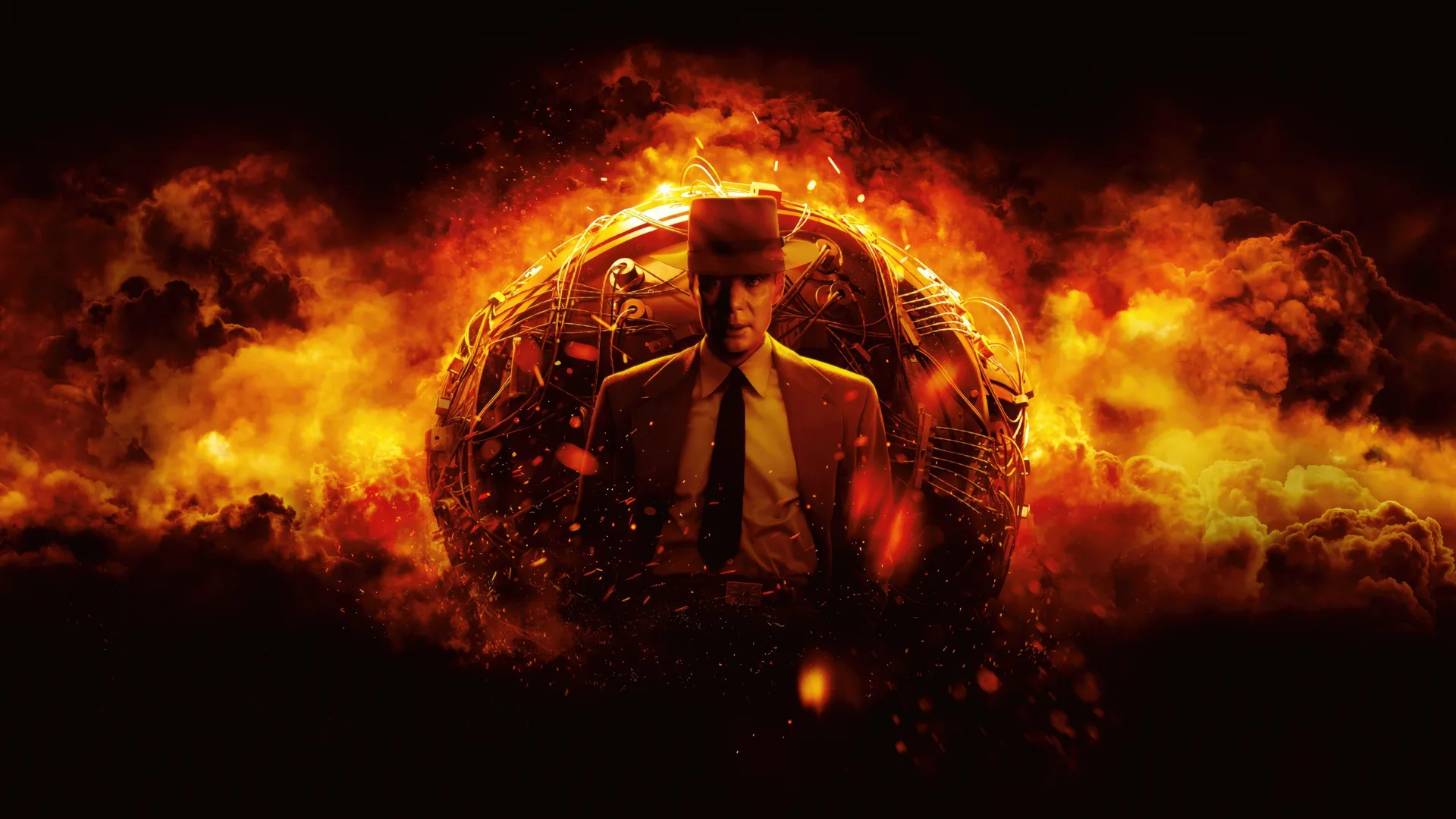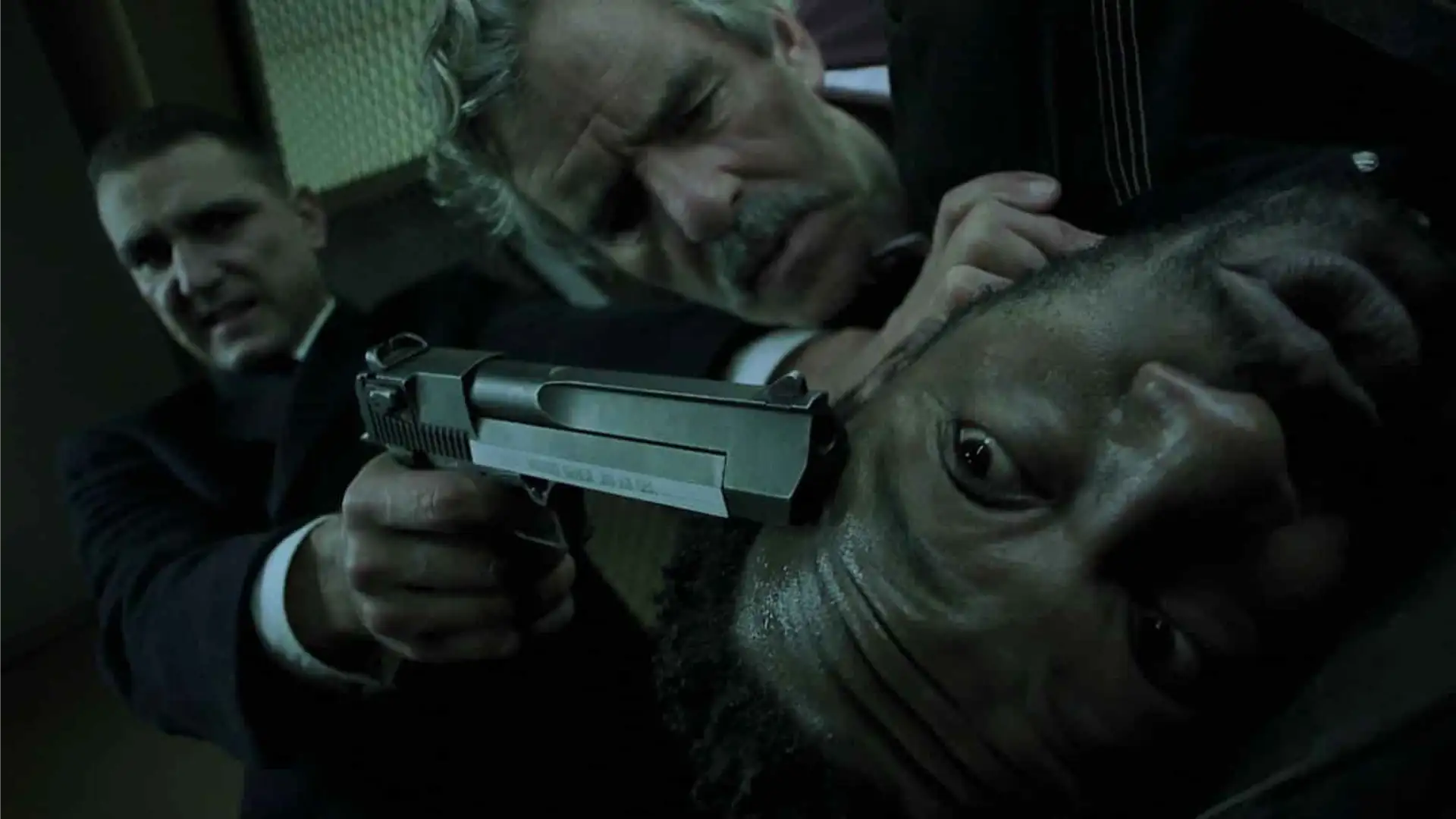In a world bombarded by different types of advertising content, what every advertiser and Ad agency have to think about is Differentiation. As an advertising agency, you need to make your Ad content to pop up and get noticed to be able to bring success for your clients and result in other future projects for you. To do so, what has been recognized as a super-efficient way is to contain stories in your Ad content especially for videos. So we want to see how this method, which is derived from the experience of cinema, can make a difference in an advertising video. We go through different mental stages of a viewer when watching a well-crafted Ad video with a story to see what happens when we use stories properly.
Grabbing Attention
Attention is the very first thing you’re looking for when making an Ad video. As mentioned before, the realm of advertising content is a messy one that contains a massive amount of content every day. And the Ad section leans on video content as the most popular way to communicate a message. According to YouTube, people watch over a billion hours of video and generate billions of views every day. So video advertising is truly an efficient way to advertise something to a large number of people. But the downside of this huge opportunity is that the level of competition is very high in order to grab the audiences’ attention. Here comes the effect of the story in keeping a viewer focused on the video. How?
Well, every story contains a flow that evokes curiosity and raises the question of “ what’s gonna happen next? ”. So when you make an audience curious about what you’re showing to them with a well-designed exposition, you are directly decreasing the chance of skipping the video and this is your first mission as the creator of it. Your audience should feel that “ this can be something interesting ”. So the exposition of your video should contain a hook or any other element that is able to grab the attention and tell them this is not a simple product admiration but instead want to tell you about an experience or a story. There are even times that you directly say this is a story of something as the word “ story ” itself triggers curiosity. So do your best with crafting the story in the exposition part to make them stay and listen.
Idea Visualization
After grabbing their attention by bringing them to the flow of the story, you need to tell them what is in your mind, which is of course the brand message but this is also the point that many Ad creators make mistakes. You’ve started the video with an invitation to a story, a flow that is worth watching and now they’re waiting for it, so if you jump to the call to action directly they feel cheated. So instead of telling them to buy something right after the intro, the pro way to handle this part is to tell the message in the context of the story itself. If the character you’ve created is a customer who has the same need, you should show them what makes him need the product, and if you do this good enough, the audience will feel the same need. So visualizing the idea behind the product will land way better if you craft it into a story.
Emotional Contagion
Speaking of the feeling of need, emotions play an important part to make this happen and that’s because of a phenomenon called the “ emotional contagion ”. It is the ability to get the emotion of someone or something we face and it works very well with our visionary and auditory senses. This is why you feel good by hearing the birds singing and feel down by hearing someone crying. The same is true about what we see. Even our hormones change accordingly when we are engaged in a story that contains emotion. So in order to make a viewer feel what is the core of what you’re talking about in the Ad video, you need to give them the feeling of it through vision and sound. And again the best way to induce a feeling is to show it in the context of a story and it refers to the old mechanism used in movies which is called “ the sense of identification “. The feeling that makes the audience walk in the character’s shoes and sense his feelings.
Memorability of the Message
The last effect of using a story in an advertising video is that a message that is delivered through a story is way more memorable for the viewer. All that happens in our mind while watching a story in a video makes it easy for us to remember it. So all the feelings you’ve evoked over the course of a video Ad, will make them remember what you’re advertising and affect their decision when buying. The second last effect of the story is that they will probably share it spontaneously because they’ve enjoyed it.
Flexibility and Narration
As you’ve noticed, the storytelling perspective we talked about is more about product advertising. While there are many other scenarios in this field to go through like the corporate brand story, personal brand story, a statement or a condition story, and many other things to tell a story about in an advertising attempt. So regardless of what you’re making the video about, you should find the points you want to connect. So in general, think about what it is that you want people to understand about the subject, then find out what feelings are around the message you’re conveying, and finally, craft a story that is able to contain all that elements in an immersive way.



